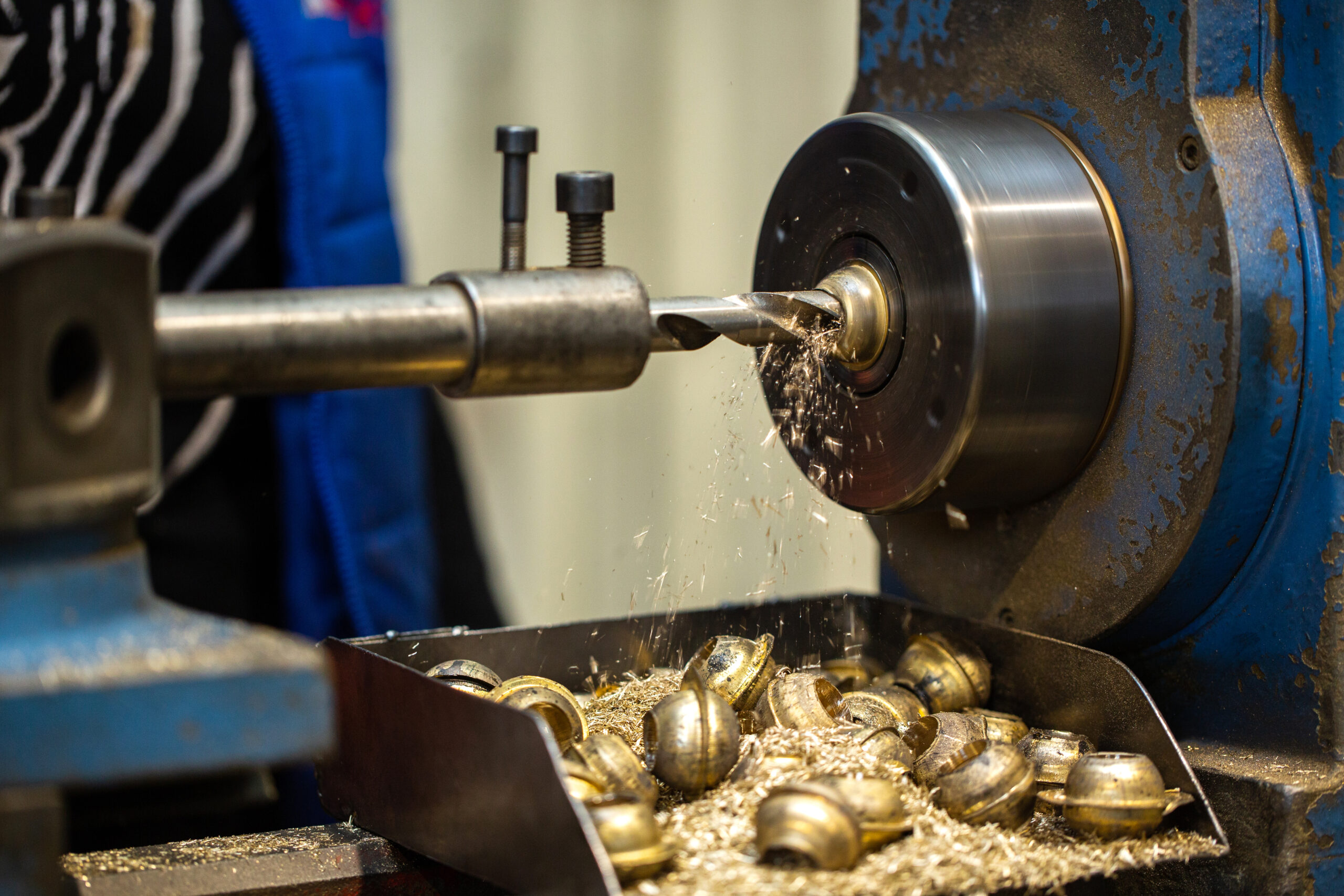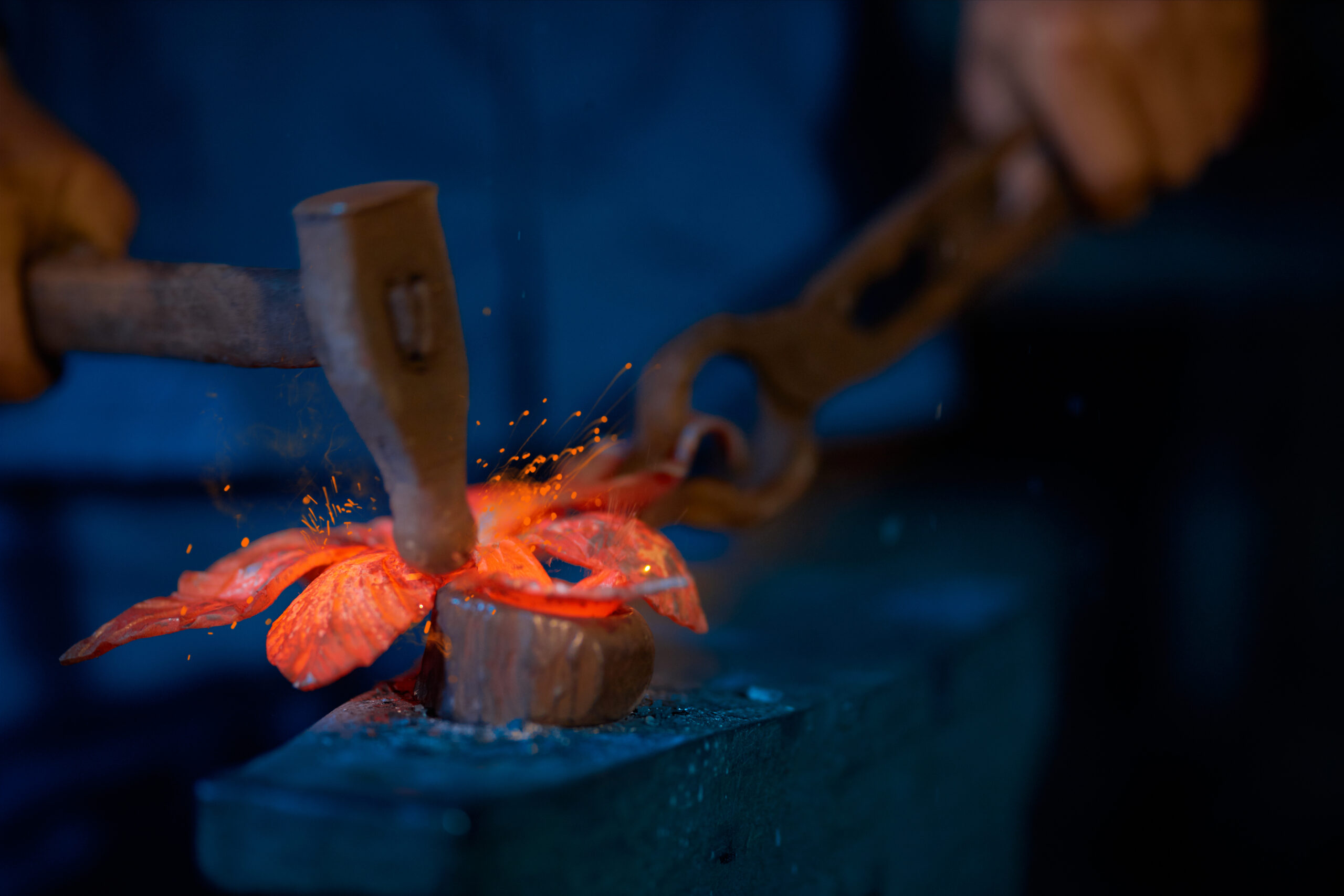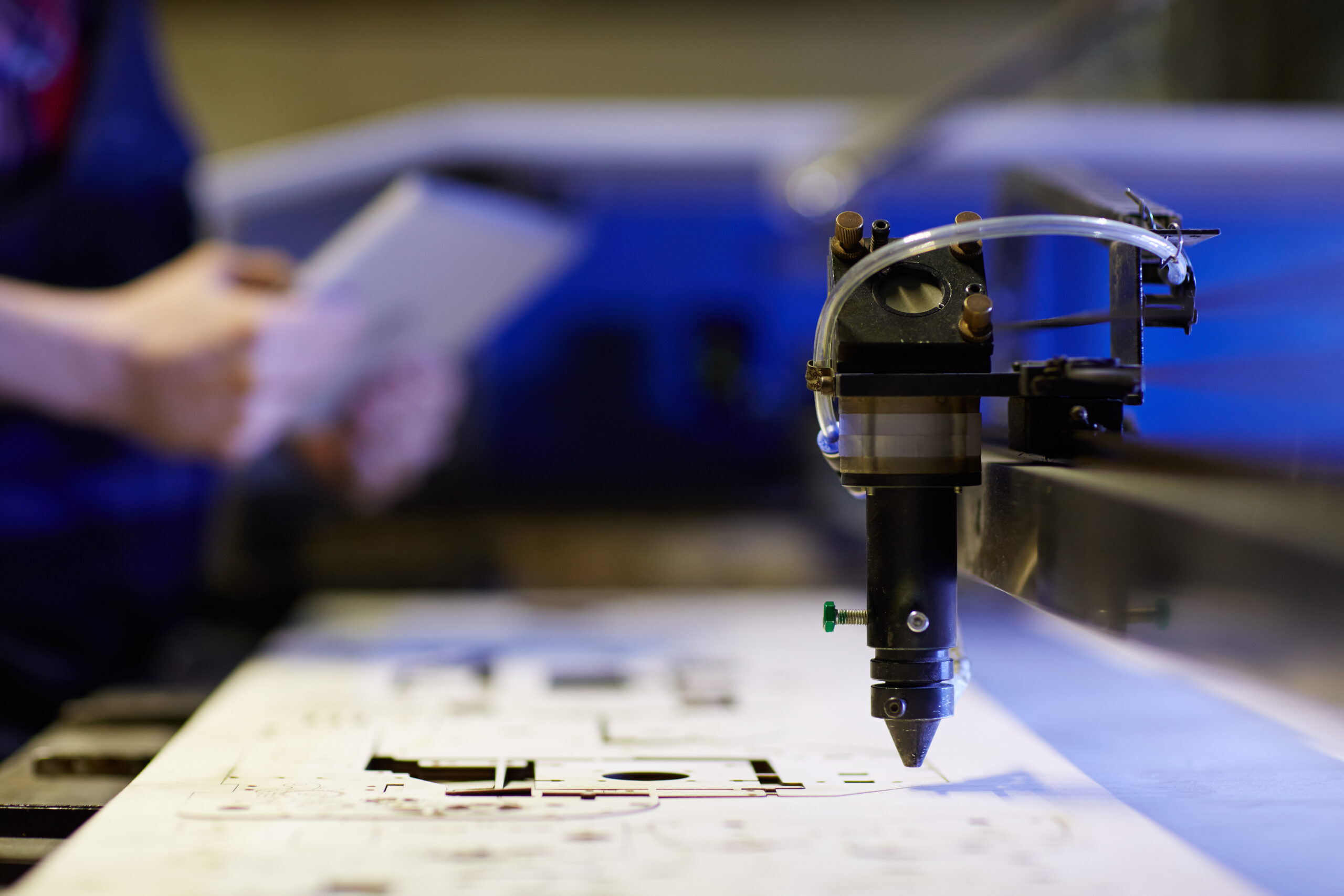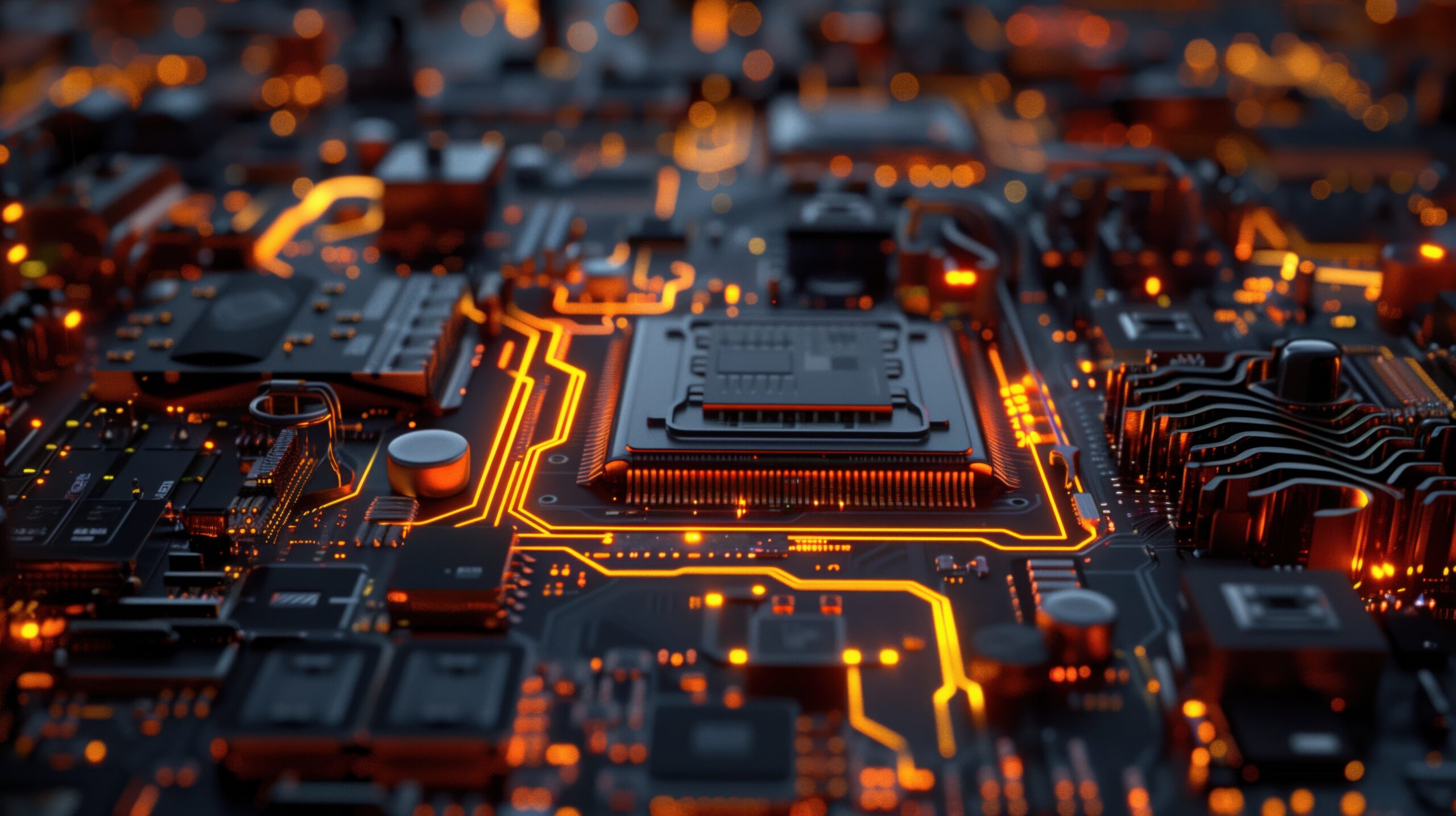Wave Soldering Services by Manufyn
High-Speed Soldering for Through-Hole & Mixed Technology PCBs
Manufyn delivers high-quality wave soldering services using advanced automatic wave soldering machines for reliable, consistent through-hole soldering. Our lines are designed to handle complex and high-volume PCB assemblies across industries like automotive, industrial automation, consumer electronics, and more.






